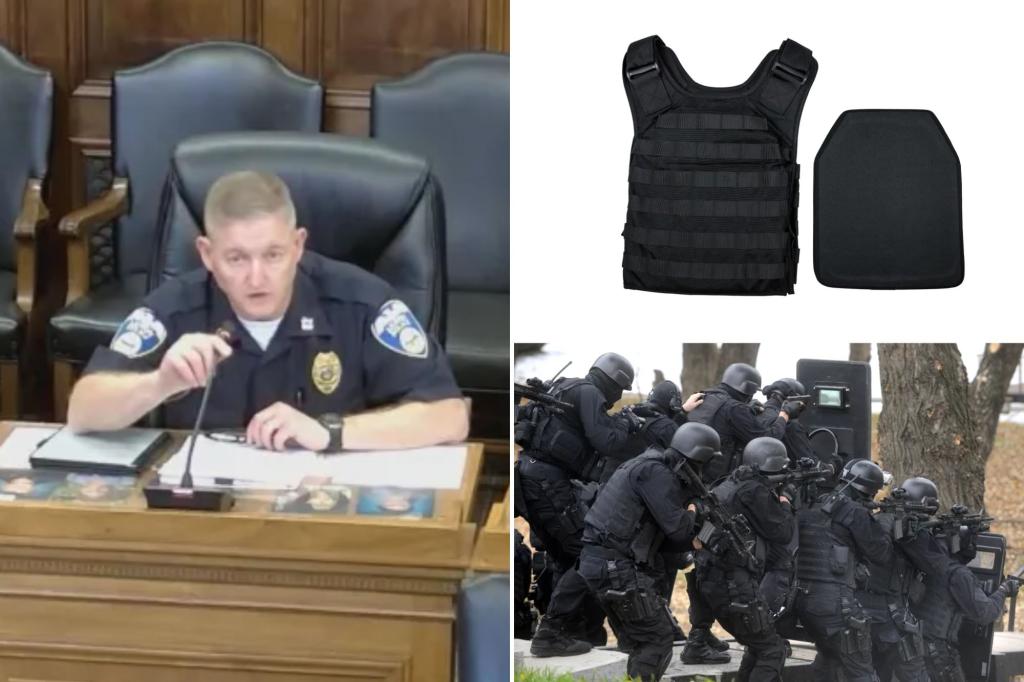The Department of Homeland Security investigated an Ohio police department after discovering that they had purchased counterfeit body armor made in China for their SWAT unit. The counterfeit armor did not meet the standards of the National Institute of Justice and needed to be replaced immediately to ensure the safety of the officers. The Akron City Council approved the department’s request for funds to replace the 40 plates needed, costing a total of $52,000. This incident highlights the importance of adhering to quality standards when purchasing life-saving gear for law enforcement agencies.
The National Institute of Justice sets standards for performance-level body armor to ensure that it is effective in protecting law enforcement officers from rifle rounds and dangerous ordnance. The NIJ standards specify that the armor should not allow bullets to perforate the vest and should protect against blunt trauma. These standards are nationally accepted as crucial for the safety of officers in the field. The issue of counterfeit body armor made in China is not new in the United States, as demonstrated by cases where individuals have been caught selling bogus gear to government agencies while passing them off as US-made products.
One such case involved a Texas man who sold Chinese-made military helmets, body armor, and other products to federal agencies, falsely claiming they were manufactured in the United States. Another individual from Washington State marketed and sold low-quality protective equipment produced in China to domestic law enforcement agencies and the US Military. Both individuals faced legal consequences for their actions, with one being sentenced to prison for wire fraud. These cases underscore the severity of the issue and the potential risks that come with using counterfeit body armor in law enforcement operations.
The Akron Police Department’s discovery of counterfeit body armor highlights the importance of thorough vetting and verification processes when purchasing critical equipment for law enforcement agencies. Substandard gear puts officers at risk and compromises their safety in high-risk situations. The department’s swift action to replace the fraudulent armor demonstrates a commitment to ensuring the well-being of its officers. The collaboration between local law enforcement agencies and federal authorities in investigating and addressing such cases is crucial to preventing similar incidents in the future.
The incident serves as a reminder of the challenges faced by law enforcement agencies in ensuring the quality and authenticity of the gear they purchase. As demonstrated by the Akron Police Department’s experience, even seemingly legitimate suppliers can provide counterfeit products that jeopardize officer safety. It is essential for agencies to prioritize quality control measures and work closely with regulatory bodies to prevent the circulation of fake protective gear. By learning from past cases and taking proactive steps to address vulnerabilities in the supply chain, law enforcement agencies can better protect their personnel and maintain operational effectiveness in challenging environments.













